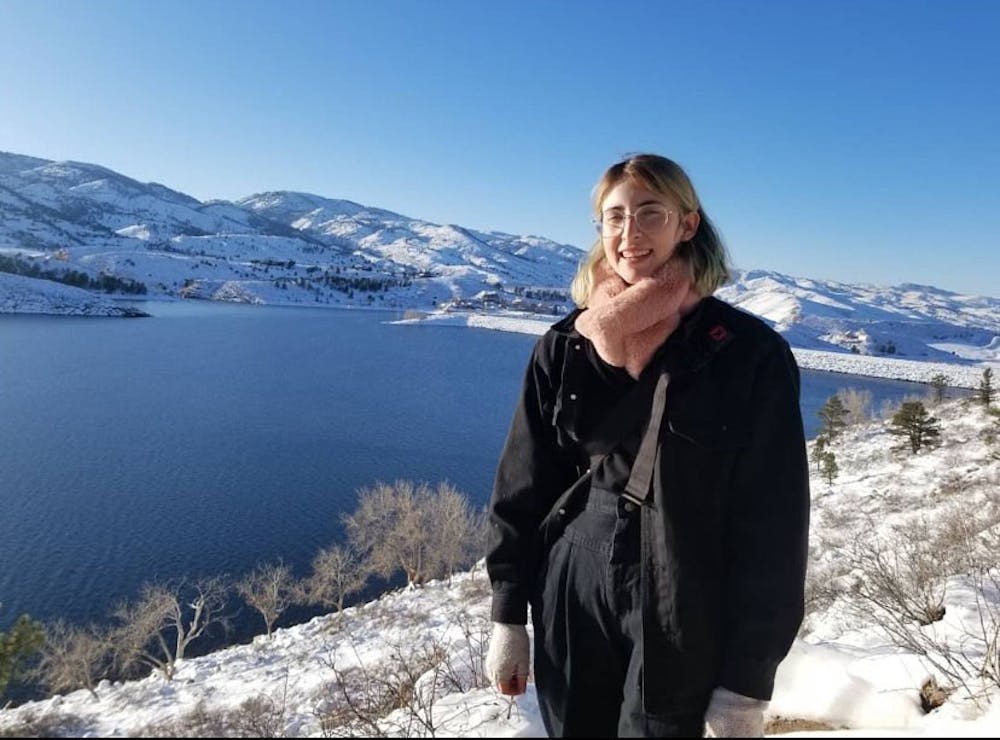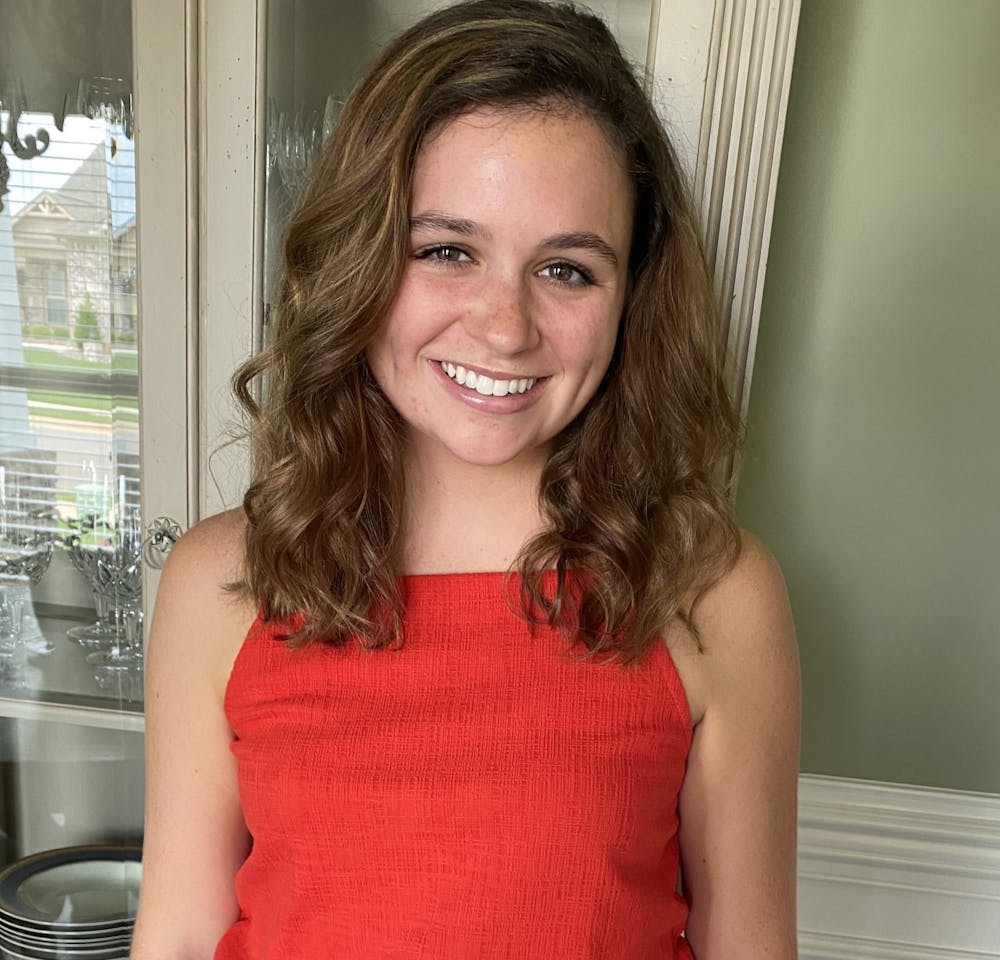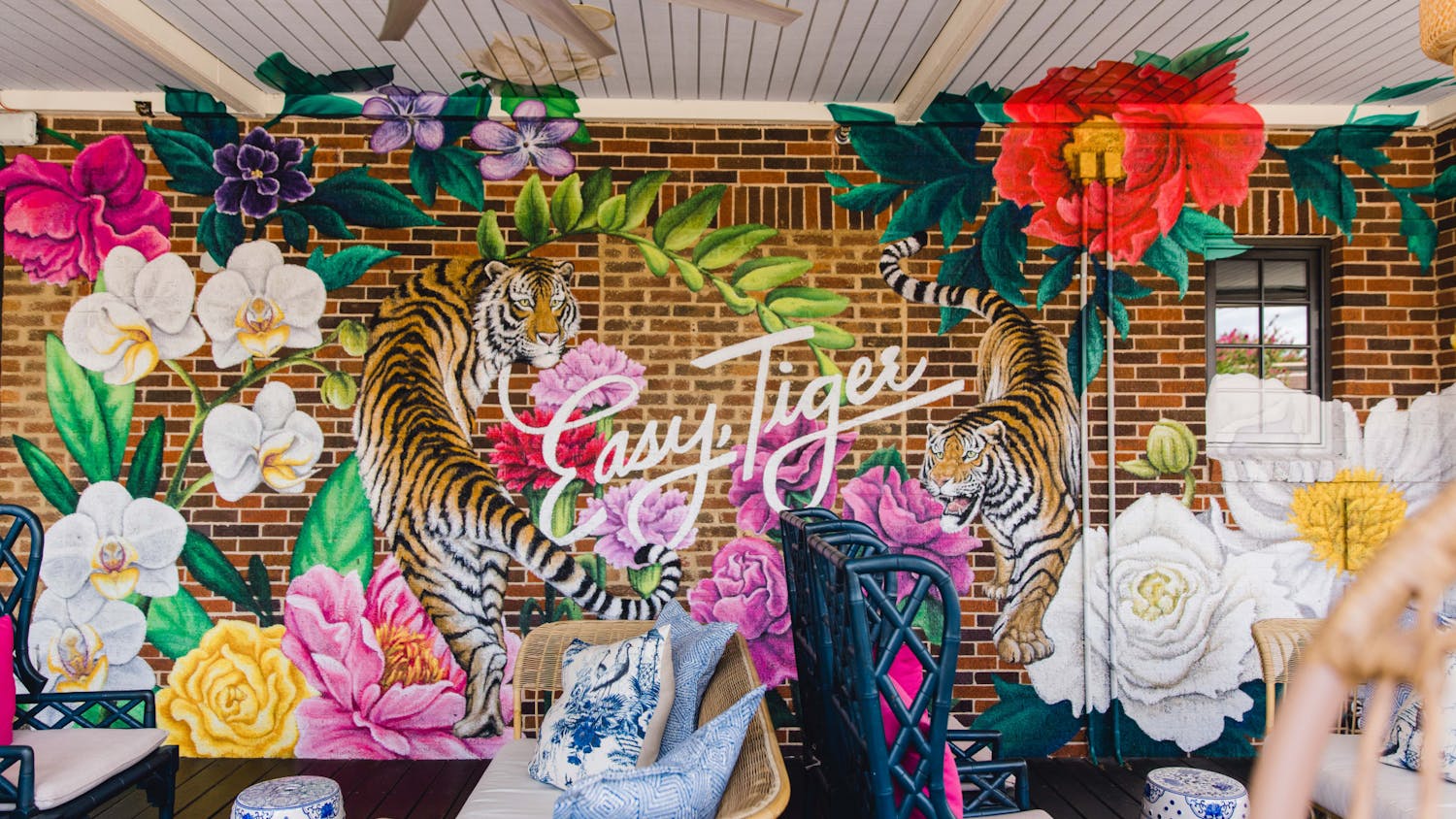Kayleigh Chalkowski is a fourth-year doctoral student studying wildlife science in the School of Forestry and Wildlife. She does research on how invasive species movements drive infectious disease dynamics.
However, Chalkowski also runs a small business called Ecology Illustrated.
“In my art, I illustrate ecological interactions and the beauty of biodiversity, especially endemic island fauna,” she said.
Chalkowski’s passion for ecology and wildlife has taken her to many different places including Borneo, Hawaii and Madagascar.
“I have a thing for biodiverse tropical islands,” she said.
Growing up in a small, rural town in the Helderberg Mountains, New York, on a 30-acre plot of woods, she spent much of her childhood looking for snakes under rocks, identifying mushroom species and helping her mom propagate native plants. Coming from a largely working-class family, Chalkowski was not aware that pursuing a career was accessible to her at first.
She began her college education at a local community college where she was “pursuing a career option that seemed more practical.” After taking an ornithology class there, Chalkowski realized that this was where her interests lay.
“I worked hard and transferred to Cornell University a year later, and the rest is history,” she said.
In regards to her business, Ecology Illustrated, Chalkowski said the name reminds her of what she aims to do in her artwork. She strives to tell stories in her art about animals and the environment they live in.
“I’m not above just illustrating a beautiful animal for the sake of communicating that beauty, but I really enjoy portraying species interacting with each other: predation, symbioses, invasions, competitive interactions,” she said.
Chalkowski has always had a passion for drawing and can remember loving it as early as elementary school. Similar to the research that she conducts, drawing is one of the ways she expresses her fascination with the natural world.
As she does enjoy drawing plants too. Chalkowski said she is biased towards drawing animals. The detail involved in fur and feathers is something that she likes to replicate.
“I tend towards focused, up-close portraits as well, perhaps for the opportunity to really zero in on the subject’s expression and finer textures and features,” she said.
Chalkowski used to work with oil paint, but for convenience, she has switched to ink and paper. Recently, she has started doing digital illustrations with Adobe Illustrator, Procreate and Adobe Fresco.
Although Chalkowski has done many drawings, she has a few favorites. Her favorite drawing, “Mōlī Days,” from 2016, is a portrait of one of the Laysan albatross chicks that she visited weekly on regular nest checks.
“Somehow they embody this contradictory aura of goofy, meditative, cranky, endearing, dumbfounded, and wise beyond their years all in a single glance,” she said.
A second favorite drawing titled “Ring-tailed Vontsira,” from 2021, is an illustration of a ring-tailed vontsira getting ready to capture an invasive Rattus norvegicus. Chalkowski said she believes it embodies what she tries to do in her work by “communicating ecological interactions while also highlighting the beauty of species that people may be less familiar with.”
For the third and final favorite, Chalkowski created “Pure Sass” in 2016. This illustration is of a Hawaiian Moorhen jumping out of the water and leaping at a Hawaiian Coot.
“I used to see this all the time while surveying taro fields at Hanalei National Wildlife Refuge,” she said.
Chalkowski said she is most inspired when she is outside in nature.
“I was actually supposed to start field research in Madagascar under a Fulbright fellowship this past October, but it’s been pushed back to November 2021,” Chalkowski said.
Danya Weber, conservation biologist in Oahu, Hawaii, met Chalkowski while working with endangered species on Kauai.
“Kayleigh’s artwork captures the personalities of wildlife that most people will never get the chance to see in-person,” Weber said.
Through her artwork, people become more familiar with endangered species and learn about their lifestyle and behavior.
“Kayleigh is a mega-smart lady who has a passion for showcasing the natural world,” Weber said. “Her passions for art and science blend together beautifully in her paintings.”
Llana Nimz, ecologist at Oikonos Ecosystem Knowledge from Honolulu, Hawaii, met Chalkowski in 2014 while working for conservation organizations in Kauai.
The organizations focused on recovering endangered bord populations. Chalkowski was working for the Kauai Forest Bird Recovery Project and Nimz was with the Kauai Endangered Seabird Recovery Project.
Chalkowski later joined the seabird team where they connected through art and science.
“I’ve assisted with a couple of her art projects in Honolulu, including helping with installing her solo art show Field Notes and with painting street art in Chinatown which brings awareness to native waterbirds,” Nimz said.
Nimz’s favorite project they created together was an ocean-themed coffee table with all of their friends on Kauai. Nimz describes Chalkowski’s art style as instantly recognizable. The art is both bold and organic and reflects her work in conservation, Nimz said.
“I am constantly impressed with Kayleigh, as both a scientist and artist,” she said. “She has a knack for communicating science in an engaging way through her artwork.”
Chalkowski said although people may be surprised by her having an interest in both art and science, she feels they are more similar than most think.
“Rather, I see illustration and scientific research as different mediums in pursuit of a deeper understanding of the natural world, she said. “They actually require many of the same skills: observation, patience, critical thinking and creativity, among others.”
To look at the work Chalkowski has done, she can be found on Instagram.
Do you like this story? The Plainsman doesn't accept money from tuition or student fees, and we don't charge a subscription fee. But you can donate to support The Plainsman.






